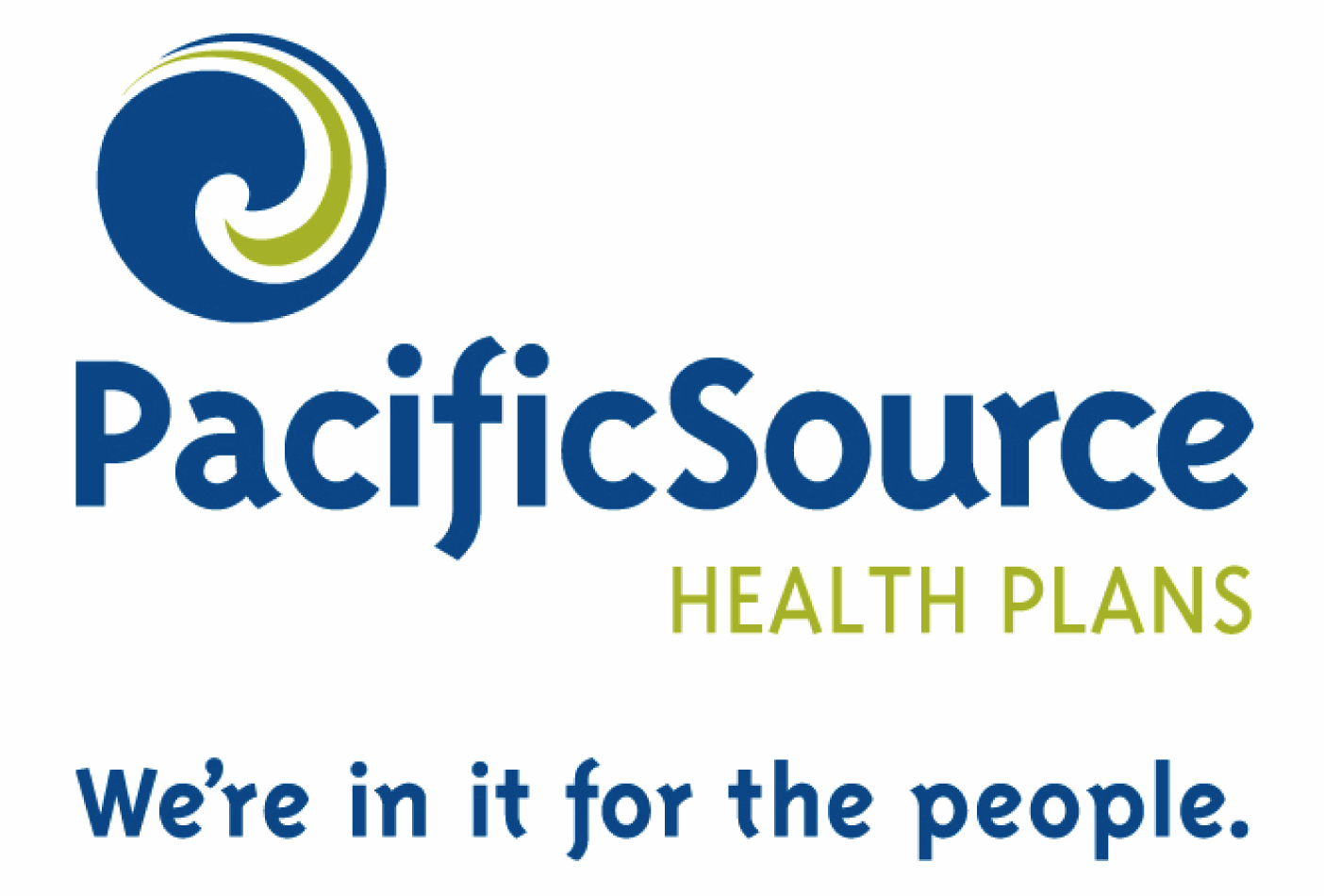Atul Gawande, the M.D. who has been writing so brilliantly about our health crisis, has done it again.
Writing for the New Yorker, Gawande addresses the current reform bills being debated in our nation’s Capitol. Here’s the beginning of his article:
TESTING, TESTING
The health-care bill has no master plan for curbing costs. Is that a bad thing?
by Atul Gawande
DECEMBER 14, 2009Cost is the spectre haunting health reform. For many decades, the great flaw in the American health-care system was its unconscionable gaps in coverage. Those gaps have widened to become graves—resulting in an estimated forty-five thousand premature deaths each year—and have forced more than a million people into bankruptcy. The emerging health-reform package has a master plan for this problem. By establishing insurance exchanges, mandates, and tax credits, it would guarantee that at least ninety-four per cent of Americans had decent medical coverage. This is historic, and it is necessary. But the legislation has no master plan for dealing with the problem of soaring medical costs. And this is a source of deep unease.
Health-care costs are strangling our country. Medical care now absorbs eighteen per cent of every dollar we earn. Between 1999 and 2009, the average annual premium for employer-sponsored family insurance coverage rose from $5,800 to $13,400, and the average cost per Medicare beneficiary went from $5,500 to $11,900. The costs of our dysfunctional health-care system have already helped sink our auto industry, are draining state and federal coffers, and could ultimately imperil our ability to sustain universal coverage.
What have we gained by paying more than twice as much for medical care as we did a decade ago? The health-care sector certainly employs more people and more machines than it did. But there have been no great strides in service. In Western Europe, most primary-care practices now use electronic health records and offer after-hours care; in the United States, most don’t. Improvement in demonstrated medical outcomes has been modest in most fields. The reason the system is a money drain is not that it’s so successful but that it’s fragmented, disorganized, and inconsistent; it’s neglectful of low-profit services like mental-health care, geriatrics, and primary care, and almost giddy in its overuse of high-cost technologies such as radiology imaging, brand-name drugs, and many elective procedures.
At the current rate of increase, the cost of family insurance will reach twenty-seven thousand dollars or more in a decade, taking more than a fifth of every dollar that people earn. Businesses will see their health-coverage expenses rise from ten per cent of total labor costs to seventeen per cent. Health-care spending will essentially devour all our future wage increases and economic growth. State budget costs for health care will more than double, and Medicare will run out of money in just eight years. The cost problem, people have come to realize, threatens not just our prosperity but our solvency.
So what does the reform package do about it? Turn to page 621 of the Senate version, the section entitled “Transforming the Health Care Delivery System,” and start reading. Does the bill end medicine’s destructive piecemeal payment system? Does it replace paying for quantity with paying for quality? Does it institute nationwide structural changes that curb costs and raise quality? It does not. Instead, what it offers is . . . pilot programs.










Recent Comments